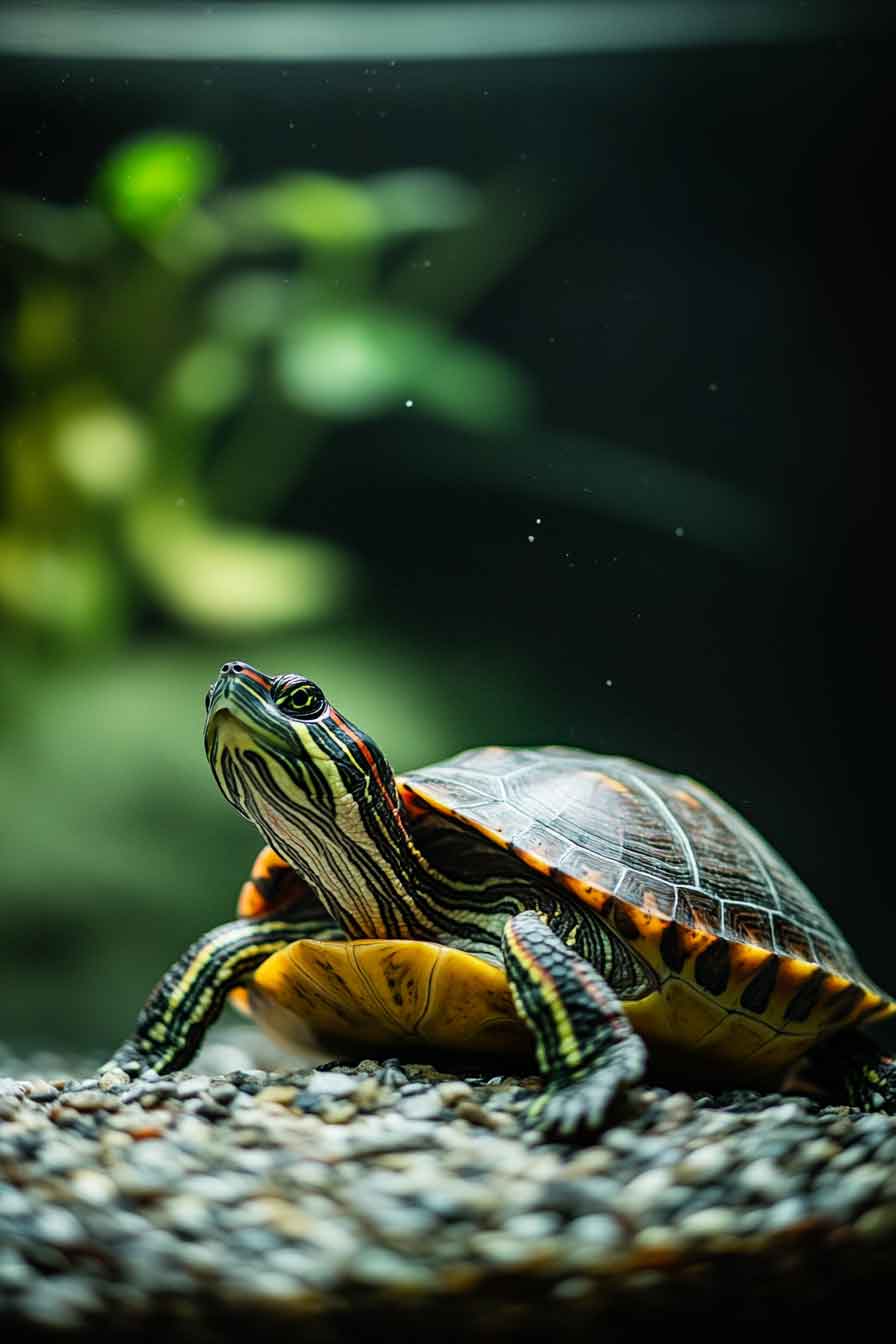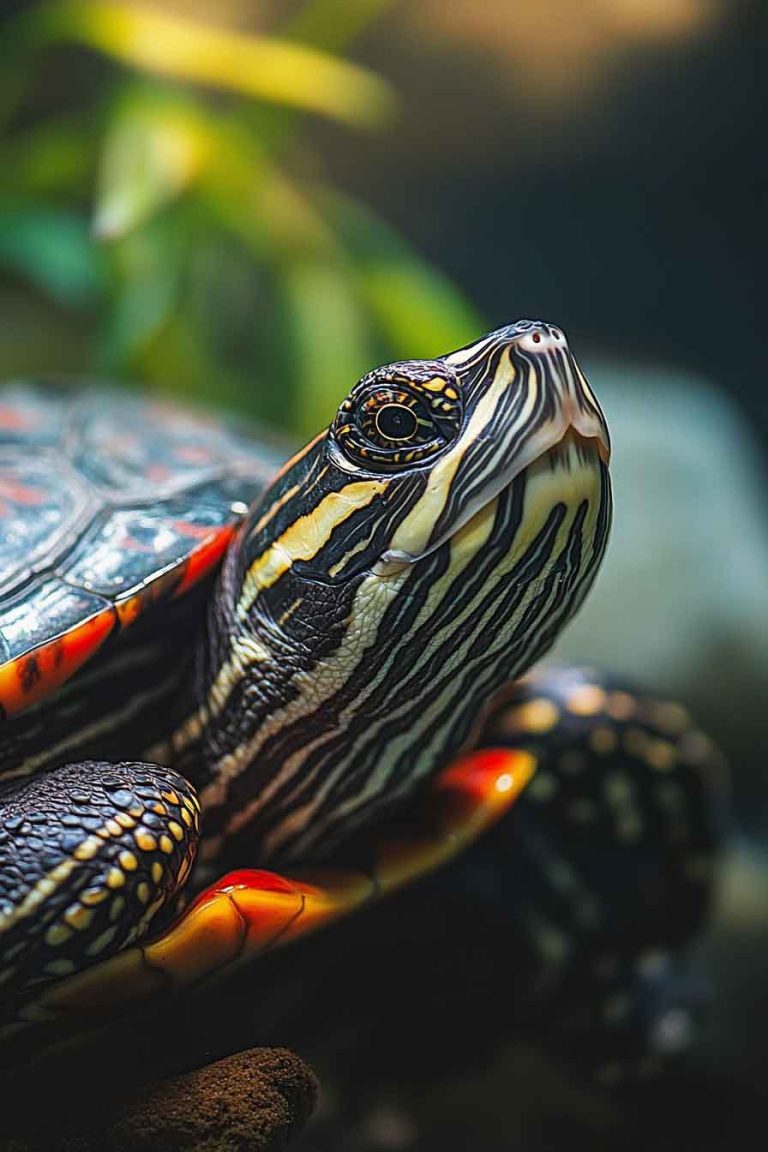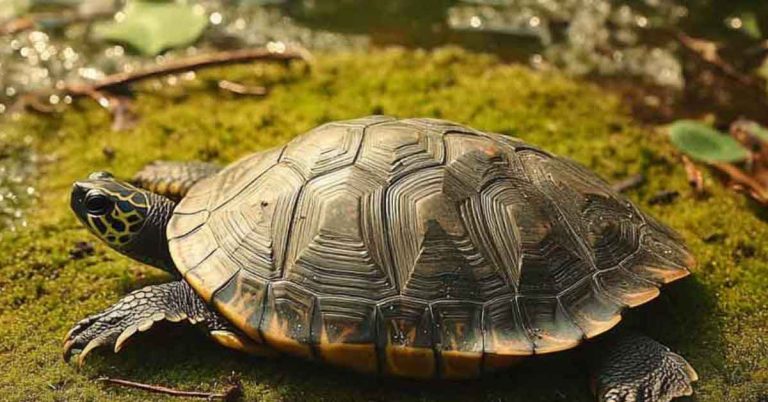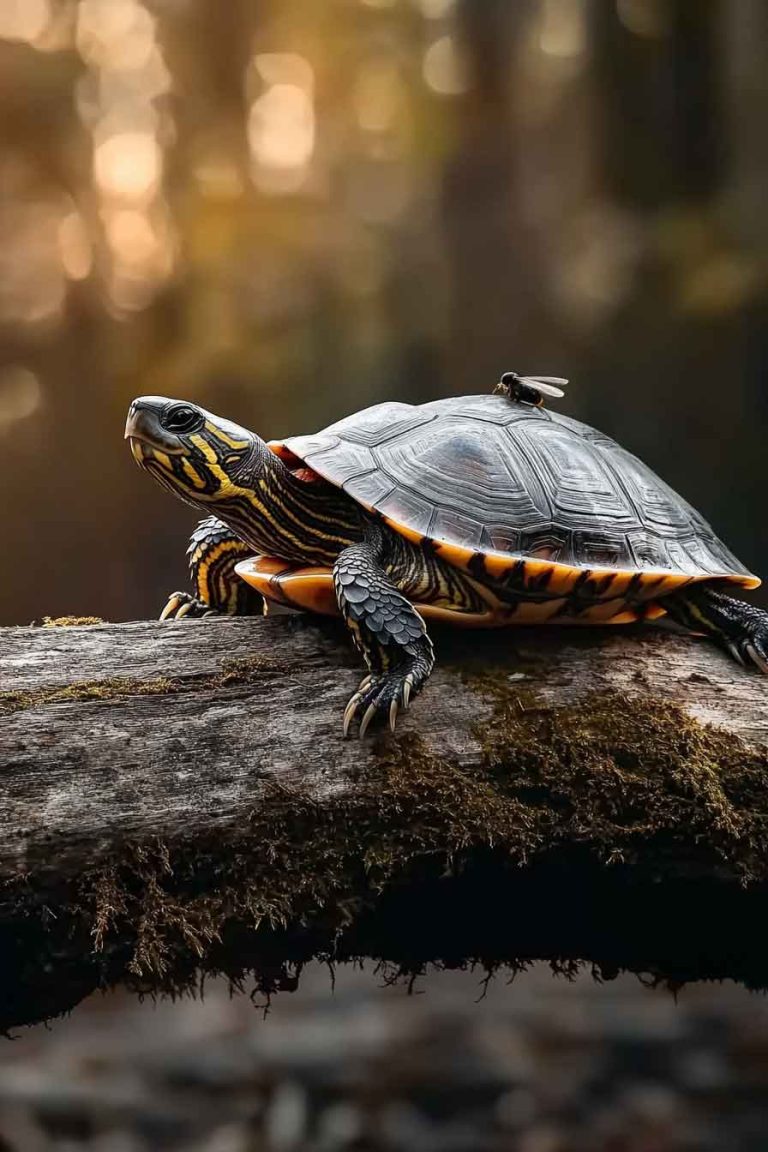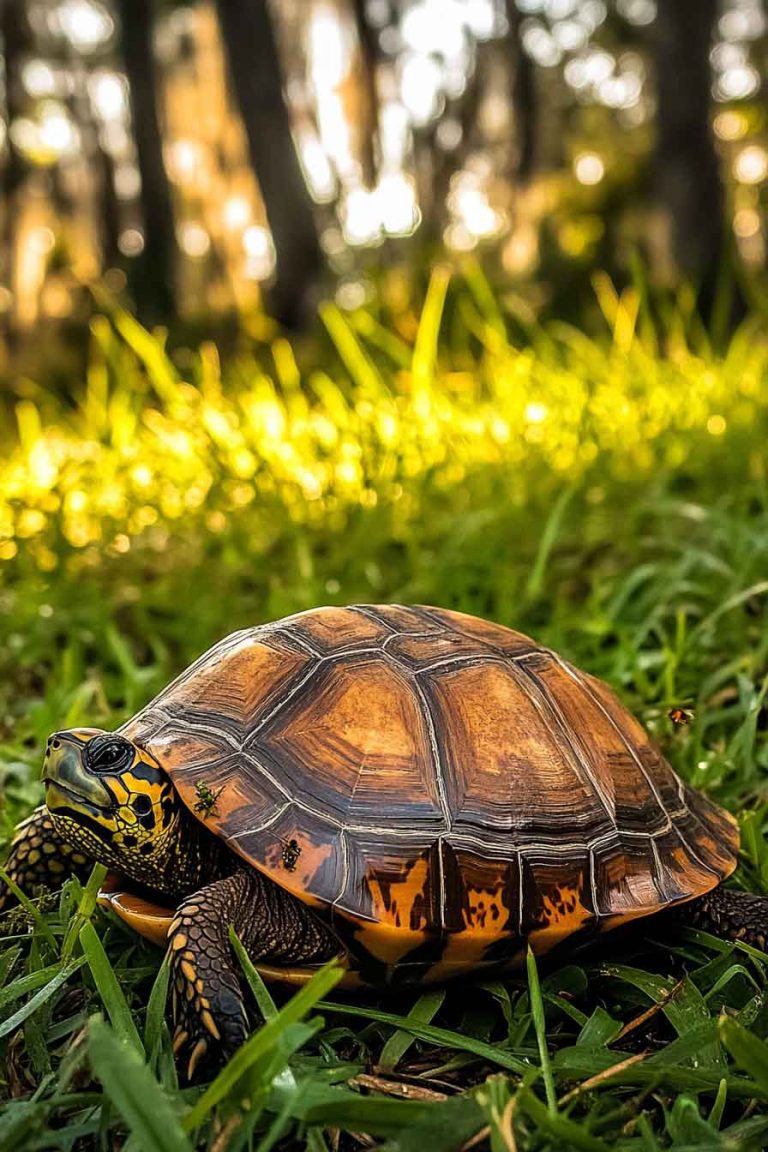Red-Eared Slider Died Suddenly: Common Causes & What to Do Next
If you’re reading this, chances are you’ve just gone through what I did — finding your red-eared slider unresponsive, motionless, and suddenly… gone. First of all, I’m really sorry. Losing a pet like this, especially without warning, is incredibly painful and confusing. I know that feeling all too well. You might be asking: Why did…
If you’re reading this, chances are you’ve just gone through what I did — finding your red-eared slider unresponsive, motionless, and suddenly… gone. First of all, I’m really sorry. Losing a pet like this, especially without warning, is incredibly painful and confusing. I know that feeling all too well.
You might be asking: Why did my red-eared slider die suddenly? What went wrong? Did I miss something? Trust me, I asked myself all of those questions too. It’s scary, frustrating, and heartbreaking — especially when you thought everything was fine the day before.
In this article, I’ll share what I’ve learned about sudden turtle deaths — including the most common causes, subtle signs you might’ve missed, and what to do next. If your slider passed unexpectedly, this guide is for you.
Can Red-Eared Sliders Die Suddenly?
Yes, they can. And sadly, it happens more often than most new turtle owners realize.
Turtles are tough, quiet creatures. But that also means they’re masters at hiding illness. By the time they show clear signs of distress — like refusing food, swimming sideways, or staying on the bottom — it’s often already serious.
The truth is, sudden death is often not actually sudden. Something may have been wrong for days or even weeks, but turtles are just good at masking it. I found this out the hard way when my red-eared slider, who looked perfectly fine the day before, passed overnight.
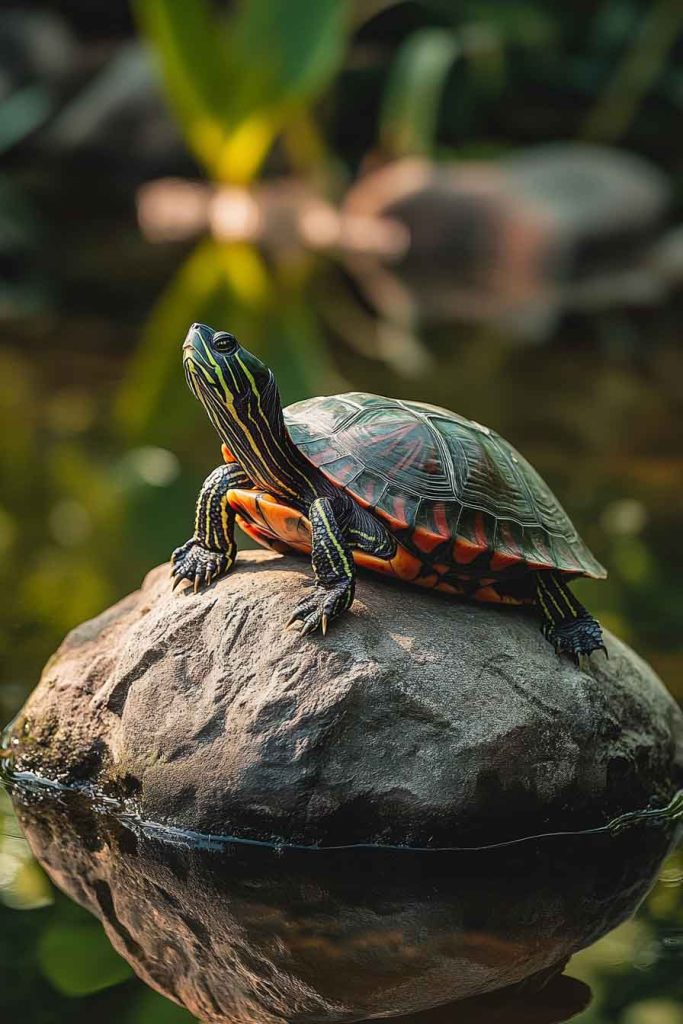
Most Common Reasons a Red-Eared Slider Might Die Suddenly
While I can’t say for sure what caused your turtle’s death, here are the most common issues I’ve come across in my own experience and from other turtle keepers:
1. Poor Water Quality
This is a big one. Ammonia, nitrite, or dirty water can stress a turtle’s immune system and lead to organ failure or infections. Even if the water looks clean, it may be chemically imbalanced.
I didn’t realize until later that my filter wasn’t strong enough for my tank size. By the time I fixed it, it was too late.
2. Respiratory Infection
Red-eared sliders are prone to respiratory illnesses, especially if the basking area isn’t warm enough or there’s no proper UVB lighting.
Early signs include:
- Lethargy
- Bubbling at the nose
- Open-mouth breathing
- Floating sideways
But again, turtles hide these symptoms until it’s advanced — and in some cases, they just stop moving altogether with no warning.
3. Sudden Temperature Drop
Turtles are cold-blooded, and even a few degrees drop overnight can cause shock — especially if your heater fails or there’s a draft near the tank.
When I lost my first slider, I later found the water heater had shut off during the night. The temp had dropped to the low 60s — far too cold for a tropical turtle.
4. Internal Parasites or Infections
Even turtles in captivity can carry internal parasites, especially if they were wild-caught or improperly bred. These parasites can slowly damage the digestive tract or other organs, causing long-term internal stress.
Also, bacterial infections (like septicemia) can spread through the bloodstream and lead to a quick and unexpected death. There may be no visible symptoms until the very end.
5. Impaction
If your turtle swallowed gravel, large chunks of food, or something inedible (like plastic or decorations), it could lead to intestinal blockage or impaction.
Turtles can’t vomit. So if something gets stuck, it might stop their digestion completely — eventually leading to death. You may have noticed signs like:
- Lack of poop for several days
- Refusing food
- Swollen belly
- Straining without passing waste
I once had a juvenile slider who swallowed a small rock from his tank. I never noticed it until I found him dead — and when I looked into it later, impaction was the likely cause.
6. Vitamin A Deficiency or Malnutrition
Over time, a poor diet — especially one lacking in Vitamin A or calcium — can cause long-term organ problems, weakened immunity, and shell deformities.
This is especially dangerous with diets made of only pellets or protein (like too many shrimp or meat-based treats). If your slider wasn’t eating leafy greens or getting calcium supplements, this might have contributed.
7. Toxins or Contamination
Sometimes turtles get exposed to harmful chemicals through tap water, soap residue on tank decorations, or even air fresheners sprayed too close to the tank.
If you’ve recently added anything new to the tank — decorations, gravel, food brands, water conditioner — and your turtle passed shortly after, that might be a clue.
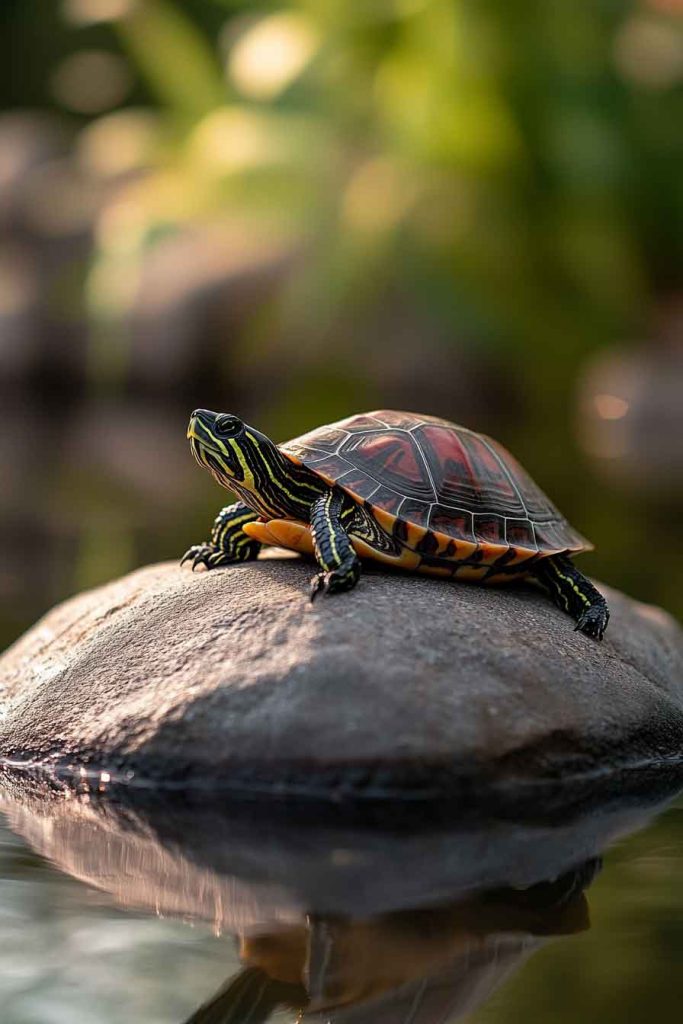
What To Do If Your Red-Eared Slider Just Died
If your turtle has recently passed, I know how emotional and disorienting it can be. Here’s what I suggest based on my own experience:
1. Confirm That Your Turtle Has Actually Passed
Sometimes turtles appear dead but are actually:
- In brumation (if kept in cool conditions)
- Extremely ill but still alive
- Stuck in a trance-like, shock state
Signs your turtle has truly passed:
- No movement or response to gentle touches
- Eyes completely sunken or cloudy
- Limp, floppy limbs with no resistance
- No reaction to light, water movement, or food
If you’re unsure, place the turtle on a dry towel in a warm, quiet room for 30–60 minutes. Watch carefully for signs of breathing, blinking, or twitching. If there’s still nothing, it’s likely gone.
2. Decide Whether You Want a Necropsy
If you really want to know what happened, a necropsy (animal autopsy) can sometimes reveal the cause of death. Many reptile vets or wildlife centers offer this — though it has to be done fairly soon after death.
I didn’t do this with my first turtle because I was overwhelmed. Looking back, I wish I had. It could’ve given me closure — and helped me improve care for my next turtle.
3. Handle the Body Respectfully
If you choose not to pursue a necropsy:
- Place your turtle in a sealed bag or wrapped in cloth
- Keep it cool (not frozen) if you need time to decide
- Burial in your yard is okay in most places — just dig at least 2 feet deep to prevent other animals from disturbing it
- Some people prefer cremation or pet memorial services
Do whatever brings you peace. It’s okay to mourn — turtles may be quiet, but the bond is real.
How to Prevent Sudden Death in Red-Eared Sliders
As hard as it is to look back, I learned a lot after losing my turtle — things I wish I’d known earlier. If you’re planning to get another slider or want to make sure your current turtles stay healthy, here’s what I recommend:
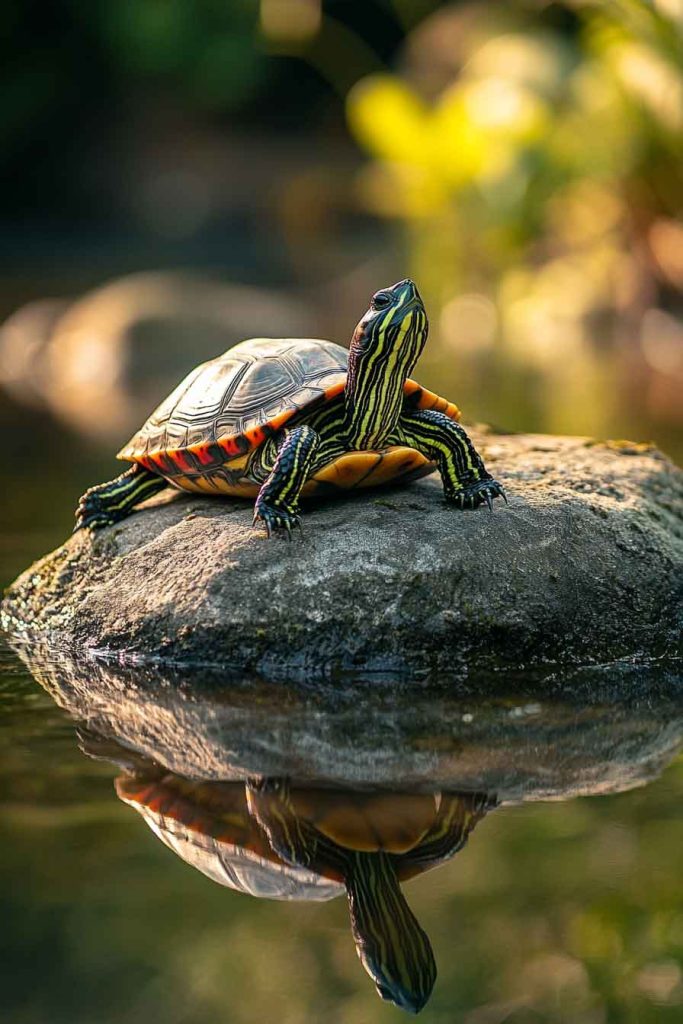
1. Invest in Good Filtration and Regular Water Testing
Even if the water looks clean, it may contain harmful ammonia or nitrites. I now use a canister filter designed for tanks twice the size of my setup and check my water with test strips weekly.
Keep parameters close to:
- Ammonia: 0 ppm
- Nitrite: 0 ppm
- Nitrate: <40 ppm
- pH: 6.5–8
2. Use a Heater and Thermometer
Turtles need consistent warmth to stay healthy. Red-eared sliders do best with:
- Water temp: 75–80°F (24–27°C)
- Basking area: 85–90°F (29–32°C)
Always have a submersible heater and a thermometer to avoid surprise temperature drops.
3. Offer a Proper Diet
A poor diet can cause long-term damage. I feed a rotation of:
- High-quality commercial pellets (like ReptoMin or Mazuri)
- Leafy greens (romaine, dandelion, collard greens)
- Occasional live or freeze-dried treats (worms, insects)
- Calcium sources (cuttlebone or supplements)
Avoid feeding only shrimp or meat. That’s a fast track to organ problems and shell deformities.
4. Watch for Early Warning Signs
What I’ve learned? Subtle changes matter. If your turtle starts:
- Eating less
- Floating unevenly
- Spending too much time basking
- Making clicking or wheezing sounds
It’s worth calling a reptile vet. Don’t wait for things to get obvious — turtles are tough but silent about suffering.
FAQ: Red-Eared Slider Death & Illness
1. How do I know my turtle is really dead and not just cold or hibernating?
Red-eared sliders should not hibernate in captivity unless conditions are carefully controlled. If your turtle is limp, not breathing, and unresponsive in warm conditions, it has likely passed.
2. Can turtles die from stress?
Yes. Repeated stress from handling, overcrowded tanks, or improper care weakens the immune system. Long-term stress can make them more prone to fatal illness.
3. What is the most common cause of death in sliders?
In captivity, it’s usually a combination of poor water quality, temperature issues, or untreated infections. Most of these are preventable with the right care setup.
4. Can turtles die with no warning signs?
Yes. Many turtles hide their symptoms until it’s too late. What feels sudden to us might have been building up quietly for days or weeks.
5. Should I get another turtle after mine died?
That’s a personal decision. I waited a while before getting another — but when I did, I felt more prepared and confident. Just make sure your setup is fully safe and healthy before bringing in a new turtle.
Final Words
Losing a red-eared slider suddenly is heartbreaking — and if you’re going through that now, please know you’re not alone. I’ve been there, and it still hurts to think about.
But with the loss came lessons I’ll carry forward for life. Turtles are quiet, sensitive creatures that rely on us for everything — warmth, food, safety. They don’t show their pain easily, so we have to be the ones paying close attention.
If sharing my experience helps even one other turtle owner prevent the same outcome, then something good can come from the loss.
Thanks for reading. And if you’re grieving right now, I’m truly sorry.
You gave your turtle love — and that matters more than anything.

